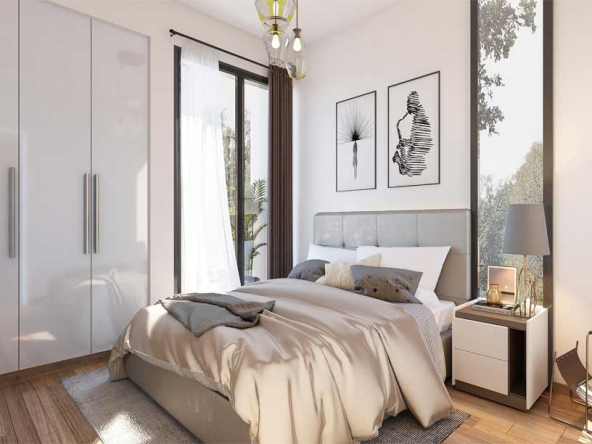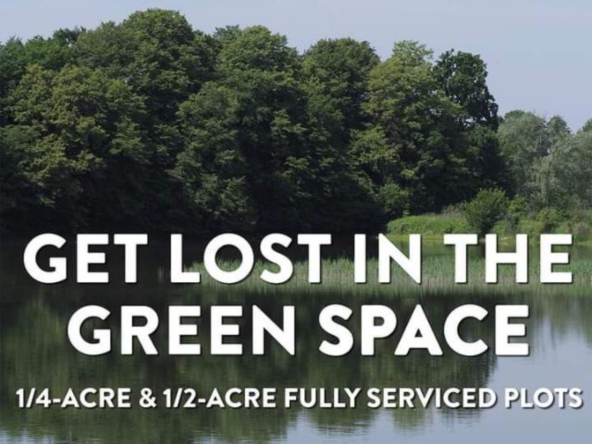In this day and age, building green homes should be the only way to build our homes. This involves taking advantage of sustainable design to using green materials and even fixtures. As you embark on building your home consider the following:
A few considerations in building green homes
Size matters
A smaller house means less building resources and lower running costs when living in it. Smaller houses also have a cosier feel and are easier to manage. Larger families can be housed in storied compact homes, which occupy less space than long ground floor-only bungalows.
Orientation
building green homes
Your home’s orientation matters a lot when building green homes. This impacts on lighting, natural cooling tendencies among others. For instance, allowing for maximum sunlight means less cost towards lighting your home.
Location
Think about it. Green or sustainable building means a lowered carbon footprint from your home. Choose a location therefore that allows short distances to work, school or market. Then one may walk to these places, or even cycle as opposed to driving.
Impact of your lifestyle
Things we do at times result in a lot of wastefulness. Leaving lights on in unoccupied rooms, using the television for background music when doing something else, water wastefulness and so forth. For sure, the biggest predictor of energy use in the home is occupant behaviour.
Your landscaping
There are those that prefer ‘hard’ landscaping. The outside of your home is entirely paved or concreted. It is a good thing if the runoff from such surfaces is trapped in an underground tank, or harnessed in a way. Use plants for the landscape, and even gravel or pebbles for the driveway. Rain water can then be trapped and absorbed into the ground.
Your building materials
The most obvious materials when building green homes would be ‘green’ materials. But that may not necessarily be the best idea. Durability is important. As such, use materials that will last long and will not cause health or environmental problems when used.
For instance, some renewable materials may be more absorbent and would dry slowly. The house then would be in danger of water damage. It is recommended to choose materials that have a positive long-term effect on your home.
The process in building green homes
The most important stage in building green homes is the design or planning stage. It is important during this stage to communicate to the architect when drawing the design. Here, most elements mentioned above are factored in. These include size, orientation, materials used, landscaping among others.
Such factors such as cost impact largely on the design.
After the design, make sure to engage a competent builder or contractor. When building individual homes, the client normally supervises the building process. He is responsible for the builders and manages them directly. In such occasions, make sure to get a qualified foreman who will be invaluable as the construction manager.
Ensure to minimise on wastage, and re-use materials such as stone chippings.
Building green homes for future sustainability
One of the biggest ways of cutting the carbon footprint is through sustainable home building. The developer or owner also gets to enjoy the benefits in terms of lower costs in the long run. A green home effectively utilises the energy produced within it, and wastes little.
Ensure recycling of waste water where possible, and the use of green energy such as solar panels.
In this way, the stress on the environment is reduced.
In addition to planting more trees, building green homes should be at the top of the list in curbing global warming.
source: http://buildingkenya.com


